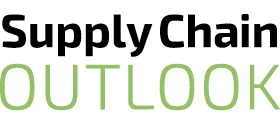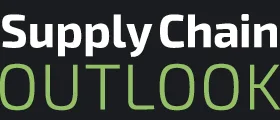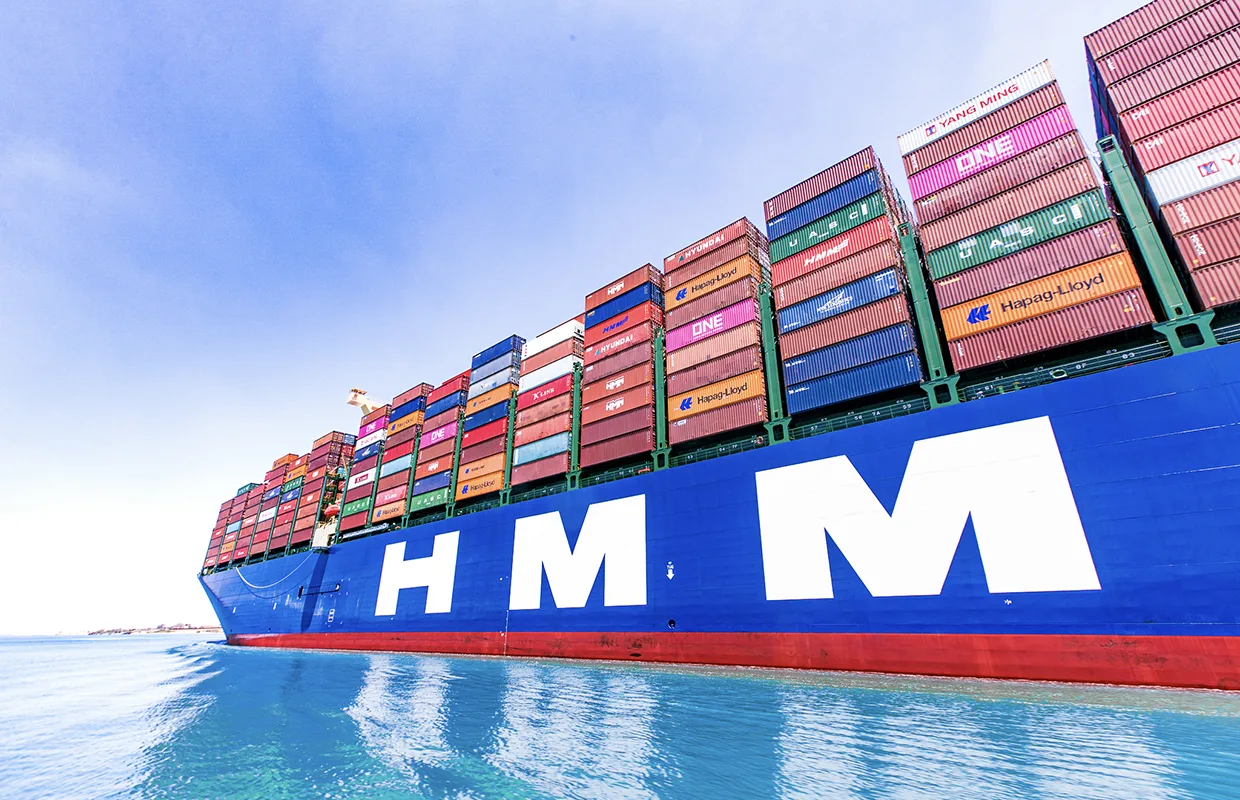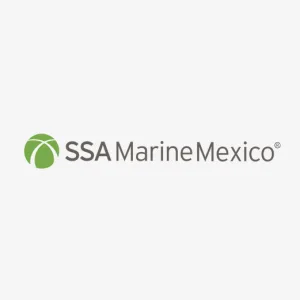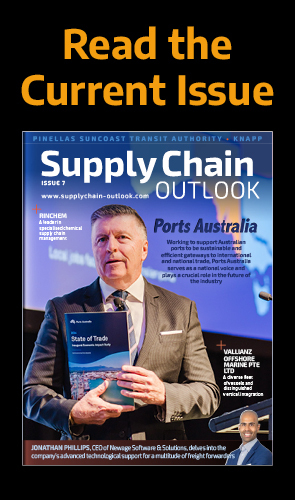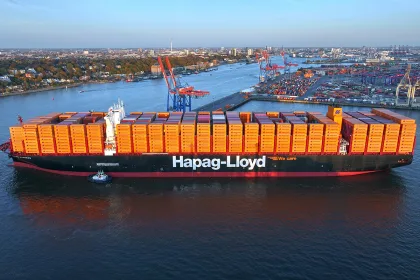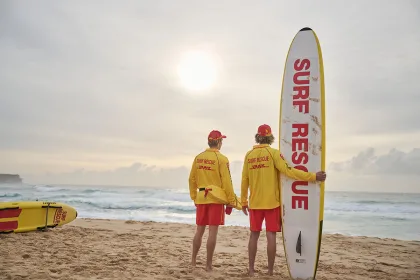Kathleen DePrizio, Director of Marine and Terminal Operations at HMM America, tells us how the shipping agency has achieved its leading position at the forefront of the global maritime industry with a focus on innovation, expansion, and sustainability.
THE OCEAN CARRIER OF CHOICE
A passion for marine shipping and transportation is an integral trait for those entering the field, which is currently under considerable strain across North America.
Kathleen DePrizio, Director of Marine and Terminal Operations at HMM America, has been in the industry for over three decades, not to mention the fact that she is the only woman in the world to hold such a role at this time and only the second woman to ever hold this position for a carrier.
Evidently, DePrizio’s determination has carried her forward in the transportation and logistics sector from a young age.
“The beginning of my career was a little different to others in the business. I was still in high school at the time and working at a gas station, but I knew I wanted something better,” she opens.
At the age of 16, she started working after school at a trucking company and went full-time following her graduation and various office administration roles, before moving on to work with a non-vessel operating common carrier (NVOCC) in its warehouse office. While in these two positions, she found a true love for the logistics industry.
“It was exciting and there was always something happening. You can also learn a lot of things by talking to the people, which is one of my favourite parts of the role.”
DePrizio has subsequently had a varied career, working in freight forwarding before experiencing myriad roles with numerous ocean carriers, where her enthusiasm for the sector was ignited.
“It was a whole new world. Ports, terminals, rail roads, truckers – all of it was exciting,” she proclaims.
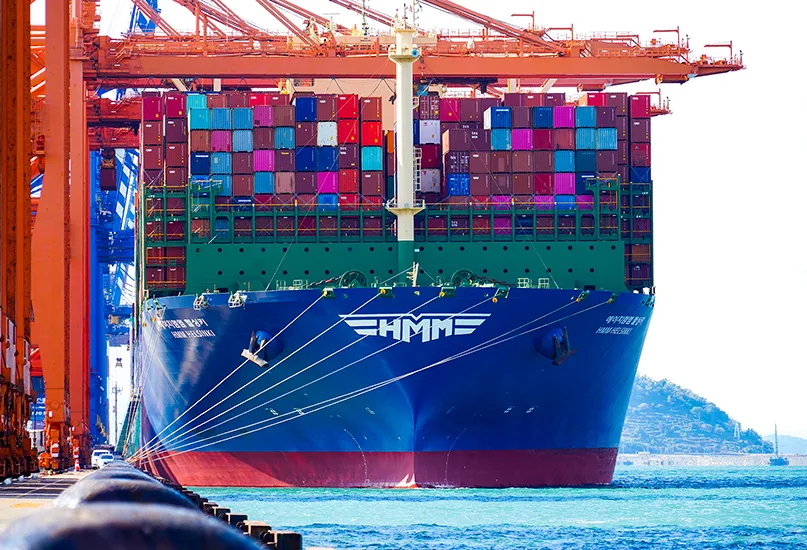
DePrizio was able to visit a variety of ports and terminals while working with ship captains and crews.
After being relocated to the east coast of the US, she began developing relationships with the commercial and operational teams conducting port and vessel tours.
“I got to go on ships when they were in the port, travel, and attend conferences to learn everything I could about this business, build relationships, and just thrive!”
Therefore, when the opportunity arose to take on the role of Director of Marine and Terminal Operations at HMM America, working to grow relationships with major ports and terminals across the US and Canada, DePrizio could not pass up the chance.
“I would not hold this position without the help of those that I respect and cherish. The people are what drive this business to greatness every day, as it is, quite literally, what makes the world move,” she shares.
SMART SHIPPING EXPERIENCE
HMM America is a shipping agency based in Irving, Texas that operates on behalf of parent company, HMM, and oversees marine, terminal, compliance, equipment, maintenance and repair, and intermodal operations, alongside other sales and service coordination activities.
The company offers state-of-the-art ocean services across East-West and Trans-Pacific global trade routes, spanning from the US, Canada, Mexico, and South America to Asia, the Far East, and India.
“We work with almost every port and terminal in the Western Hemisphere, roughly 20 to 40 of which are in North America alone,” DePrizio points out.
HMM America’s enviable geographical presence makes it the world’s eighth largest global carrier, achieved by consistently putting the customer first and combining technology and expertise to create the ultimate smart shipping experience.
HMM America actively responds to its customers’ needs with a wide range of services, including dry, frozen, and special cargo, which are delivered through a variety of ship types, ports, and terminals.
The company likewise strives to support customer needs as they shift to a more sustainable future.
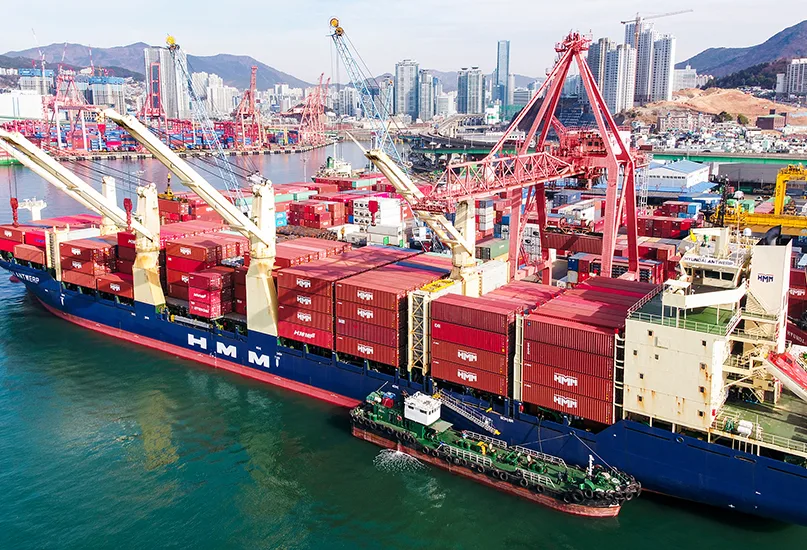
“With our green efforts, we are honing our craft and magnifying results to make this world safer and reduce our carbon footprint,” highlights DePrizio.
As part of this objective, customers are offered HMM America’s Green Sailing Service, whereby it works with multiple port authorities and nations to create green shipping corridors.
With the aim of achieving net zero carbon emissions by 2045, the company is purposefully building ships to utilize alternative fuels and ensure it reduces the amount of greenhouse gases (GHGs) produced on the water.
HMM is taking its environmental practices one step further in South Korea, signing a memorandum of understanding (MoU) with the Korea Railroad Corporation (KORAIL) to develop of a low-carbon transportation system.
Enhancing inland rail transportation, the MoU involves utilizing domestic rail infrastructure for refrigerated cargo and establishing an Intermodal One-Stop Transportation System that connects rail and maritime freight.
HMM and KORAIL will team up to improve the efficiency of a new container yard, which the latter is scheduled to secure. From here, the project aims to build an international multimodal transport network for reefer containers.
As such, the collaboration between the two organizations will help create an eco-friendly service by decarbonizing domestic refrigerated transportation.
Elsewhere, HMM America is also expanding its fleet and, in turn, strengthening its competitiveness.
This includes adding two 7,700 twenty-foot equivalent unit (TEU), liquefied natural gas (LNG)-powered vessels, as well as nine 9,000 TEU methanol dual fuel ships, which will be delivered in April 2025.
Worth $1.1 billion, this project is only a small part of HMM America’s strategy to expand its low-carbon fleet.
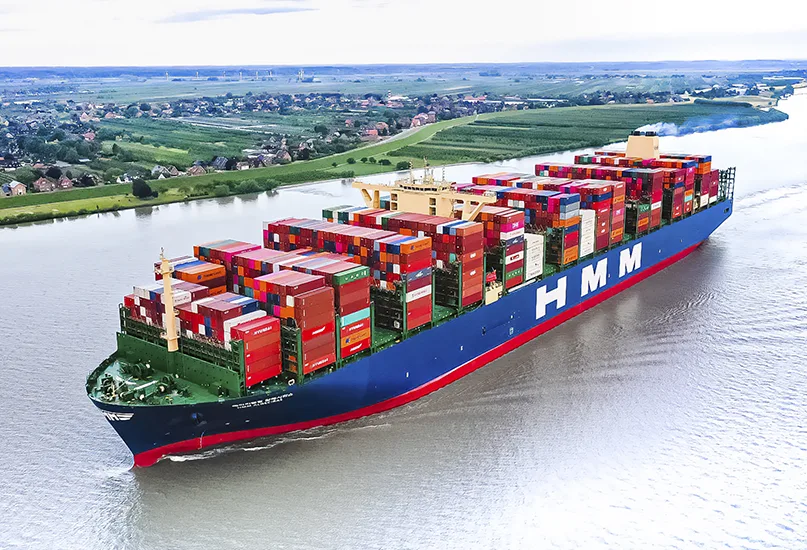
EVOLUTION ACCORDING TO INNOVATION
HMM America’s journey coincides with the innovations of its parent company, meeting bulk transportation needs for nearly 50 years.
Indeed, the company was formed in 1976 as a bulk carrier then known as Asia Merchant Marine. In the following two years, the company introduced bulk tramp services as well as a container service between the Far and Middle East.
The 1980s witnessed the commencement of the Asia to Middle East liner service and the introduction of many Hyundai carrier vessels, including the Hyundai No.1 and Hyundai Pacific.
After establishing a subsidiary in the US, the company then launched its first service between the Far East, the US, and the Gulf of Mexico in 1982.
A year later, the business rebranded to Hyundai Merchant Marine and opened terminals in Los Angeles and California, while also merging with Korea Marine Transport Co., Ltd. (KMTC).
The following decade was a time of growth for the company, with a specialist service branch known as Hyundai America Shipping Agency creating an avenue for customer expansion in the US.
Meanwhile, it also opened branches in Thailand and China, introduced an initial public offering, and secured a terminal at the Port of Tacoma in Washington.
“Around the end of the 1990s, shipping companies began to form alliances to try and gain an advantage in a tough market. The Grand Alliance and New World Alliance were then created, with Hyundai being part of the latter when it began in 1998,” DePrizio informs.
In 2010, the two alliances merged to create the G6 Alliance, which meant that Hyundai was part of the world’s largest shipping alliance.
Toward the end of the 2010s, however, the company came together with other industry players and joined 2M after departing the G6 Alliance, and then later joined THE Alliance, a global network of shipping companies.
The Hyundai Merchant Marine name was subsequently rebranded to HMM in 2020, marking a new era for the company as it continued its growth strategy.
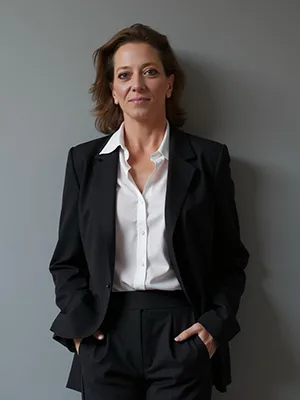
GLOBAL LEADERS IN ECO-FRIENDLY SHIPPING
As part of its ambitious expansion goals, HMM plans to spend $17.5 billion in investments over the next five years, more than half of which will facilitate new container ships and equipment.
The parent company will spend $9.5 billion on 70 new container ships as part of its sustainable growth plan, which centers around achieving net zero emissions across its container, bulk, and logistics operations.
Thus, HMM will increase its fleet to 130 vessels by 2030, meaning that it is well positioned to withstand the reorganization of global shipping alliances, strengthen its core business competitiveness, and establish a carbon-neutral ecosystem.
With HMM’s average profitability increasing by 125 percent year on year, the highest in the ocean carrier sector, the company is allocating $3.1 billion to shipping and logistics infrastructure to accommodate this rapid growth, extending its existing terminals while also acquiring new ones.
Furthermore, in line with its 2045 net zero goal, the company will spend $750 million on retrofitting ship engines, securing a supply chain for green fuels, and improving operational stability and efficiency through digitalization.
Alongside these substantial investments, HMM America’s success is also due to its work with tugs, pilots, railroads, and terminals, as well as its proactive labor force.
“These partnerships are always at the forefront of our minds. We strive to keep communication open and have healthy relationships,” DePrizio impassions.
As such, the company’s terminal contract team is consistently in contact with vendors to ensure their requirements are met, guaranteeing that vessels are serviced to the adequate standards and cater to customer needs.
Looking across the shipping horizon, there will be a joint effort across HMM America to streamline efficiencies.
“We will ensure that all team members are on board and feel the same drive to succeed, continuing on their chosen paths in this great world of transportation.”
The company strives to realize this strategy and grow its employee base and fleet to be the carrier of choice.
“I wish to be part of a great team that will lead the charge in this business to go green and set the standard for others,” closes DePrizio.
